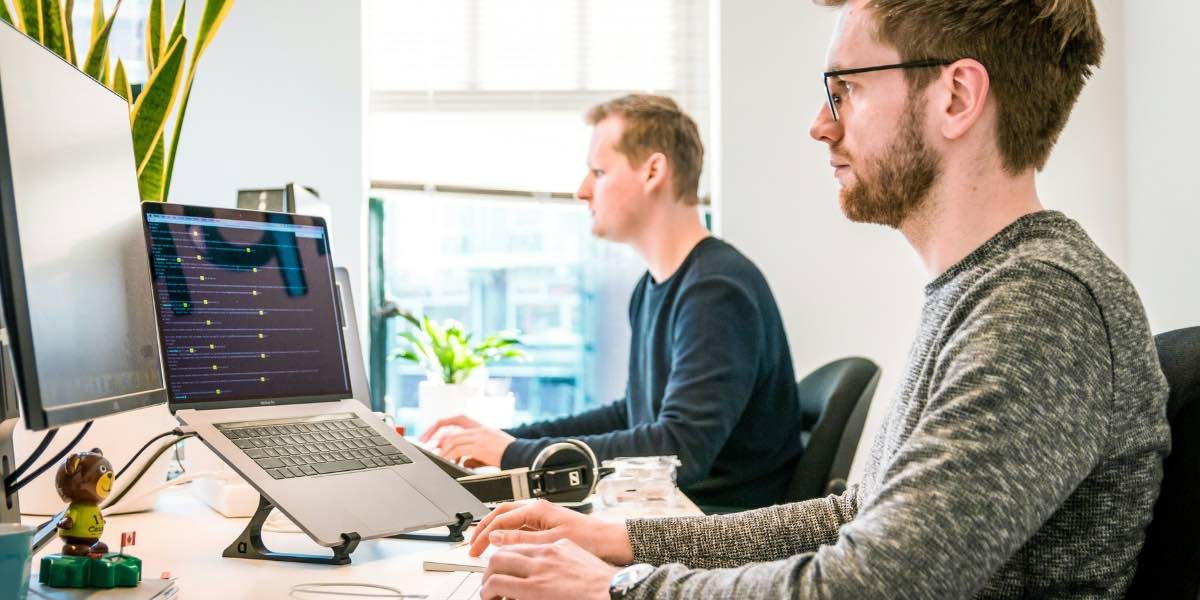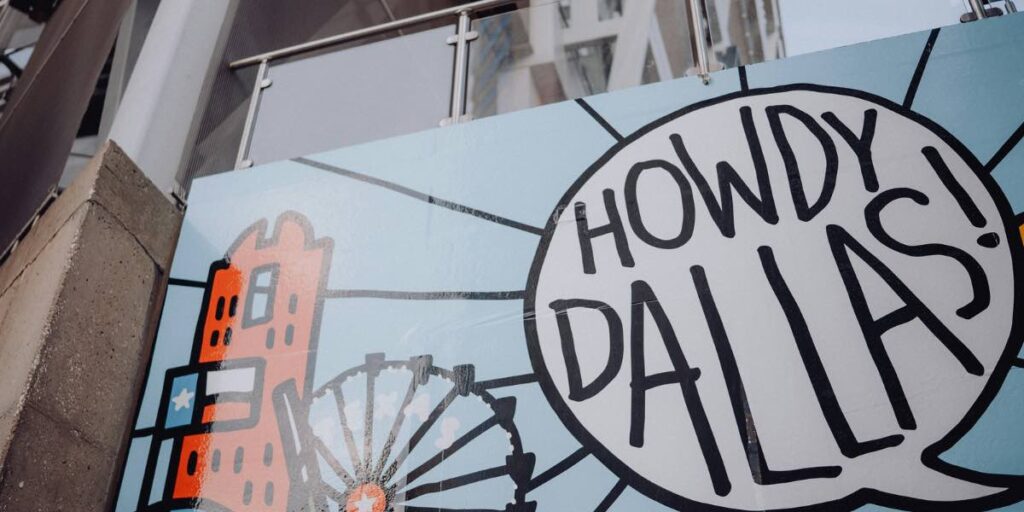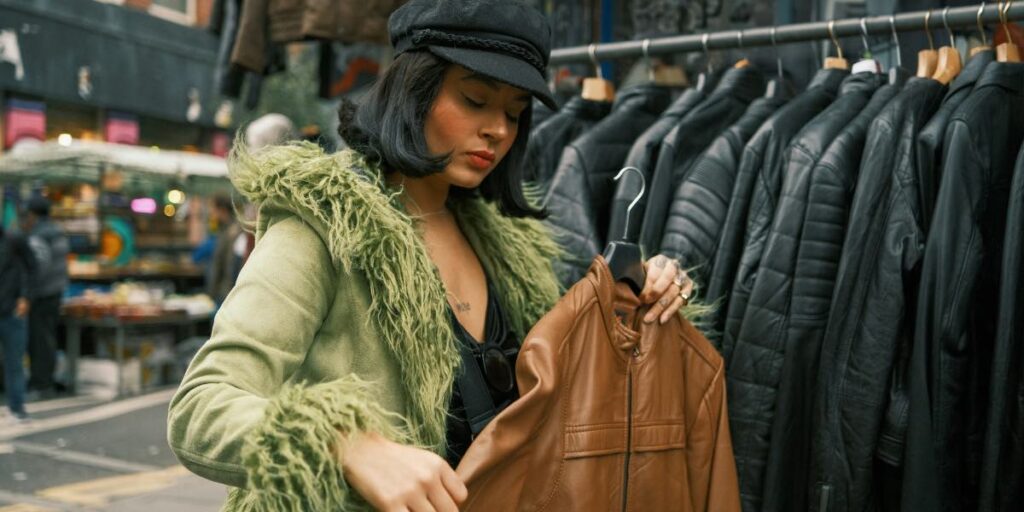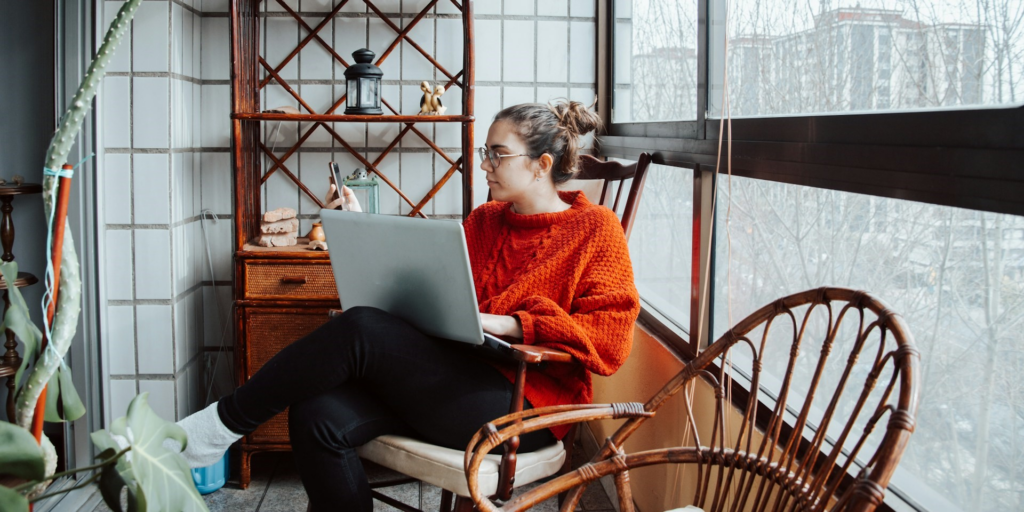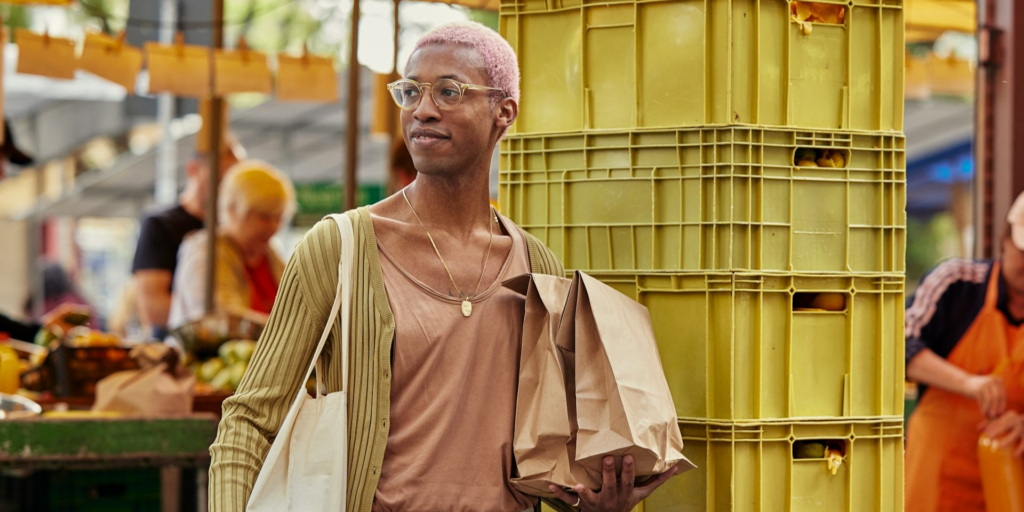Artificial intelligence (AI) tools have increasingly become integrated into daily workflows across various industries, influencing how creativity is expressed and developed. These technologies offer new ways to generate ideas, automate routine tasks, and provide data-driven insights, which can both support and alter traditional creative processes.
In fields such as marketing, design, and content creation, AI-powered applications assist workers by suggesting concepts, optimizing layouts, or generating preliminary drafts. This assistance often reduces the time spent on repetitive tasks, allowing more focus on conceptual and strategic thinking. However, the extent to which AI enhances or constrains creativity depends on how users engage with these tools.
Read also: How Can Digital Artists Prevent Plagiarism from AI?
What Roles Do AI Tools Play in Supporting Creative Work?
AI tools can serve as collaborators that expand the range of creative possibilities. In graphic design, for instance, AI-driven software may propose color schemes or design variations that a human might not have considered, sparking new directions. Similarly, in writing, AI can generate drafts or outline structures, helping authors overcome writer’s block or explore alternative narrative approaches.
Data analysis tools employing AI algorithms also provide insights into consumer preferences, trends, and market dynamics. This information can inform creative decisions, enabling more targeted and relevant content or product development.
Moreover, AI can assist in experimenting with styles and formats by rapidly producing multiple iterations. This capability allows creative professionals to test ideas quickly, gather feedback, and refine outputs more efficiently than traditional methods.
How Might AI Tools Challenge Creativity?
While AI can aid creativity, it may also introduce challenges. One concern is that overreliance on AI-generated suggestions could lead to homogenization, where outputs begin to reflect common patterns identified by algorithms rather than unique human perspectives. This risk exists if users accept AI recommendations without critical evaluation or personal input.
Additionally, AI’s dependence on existing data limits its capacity to produce truly novel ideas outside established patterns. As a result, creativity that pushes boundaries or breaks conventions might not be fully supported by current AI capabilities.
In some cases, workers may experience a shift in their role from original creators to editors or curators of AI-produced content. This change can affect how creativity is perceived and valued within organizations.
How Do Workers Integrate AI Tools into Their Creative Processes?
Successful integration often involves viewing AI as a complement rather than a replacement. Workers who actively engage with AI outputs, questioning and modifying them, tend to leverage the technology to enhance their creativity. For example, a marketing team might use AI-generated slogans as starting points but refine language and tone to align with brand identity.
In collaborative environments, AI tools can facilitate brainstorming sessions by rapidly generating ideas or visual concepts, which teams then discuss and develop further. This interaction can stimulate creativity by combining human judgment with AI efficiency.
Training and familiarity with AI capabilities also influence how effectively individuals incorporate these tools. Those with a clear understanding of AI’s strengths and limitations are better positioned to use it creatively.
What Are Some Concrete Examples of AI Impacting Creative Work?
In advertising agencies, AI platforms that analyze social media trends and consumer behavior assist copywriters and art directors in crafting campaigns tailored to target audiences. This data-driven approach informs creative strategies while still requiring human intuition and originality.
Within architectural firms, AI tools simulate building designs under various environmental conditions, enabling architects to explore innovative forms and sustainable solutions more quickly. The ability to visualize multiple scenarios informs creative decisions with practical insights.
In music production, AI applications generate melody or rhythm suggestions, serving as inspiration for composers and producers. While AI provides raw material, human artists shape the final pieces, blending technology with artistic vision.
Read also: How Can Digital Artists Prevent Plagiarism from AI?
How Might the Relationship Between AI and Creativity Evolve?
As AI technologies advance, their role in creative work is likely to become more sophisticated. Developments in machine learning and natural language processing may enable AI to better understand context, style, and emotional nuance, potentially producing outputs that align more closely with human creativity.
At the same time, ethical considerations regarding authorship, originality, and intellectual property will influence how AI-generated creative works are perceived and managed. Organizations will need to navigate these issues as AI tools become more embedded in workflows.
Future work environments may see increasingly fluid collaboration between humans and AI, where creativity emerges from the interplay of human insight and machine-generated possibilities.
The integration of AI tools into daily work affects creativity in multifaceted ways. While offering new resources and efficiencies, AI also challenges traditional creative roles and processes. Understanding and actively managing this relationship enables workers and organizations to harness AI’s potential while maintaining distinctive human creativity. Concrete examples across industries demonstrate the evolving dynamics of AI-assisted creative work.


